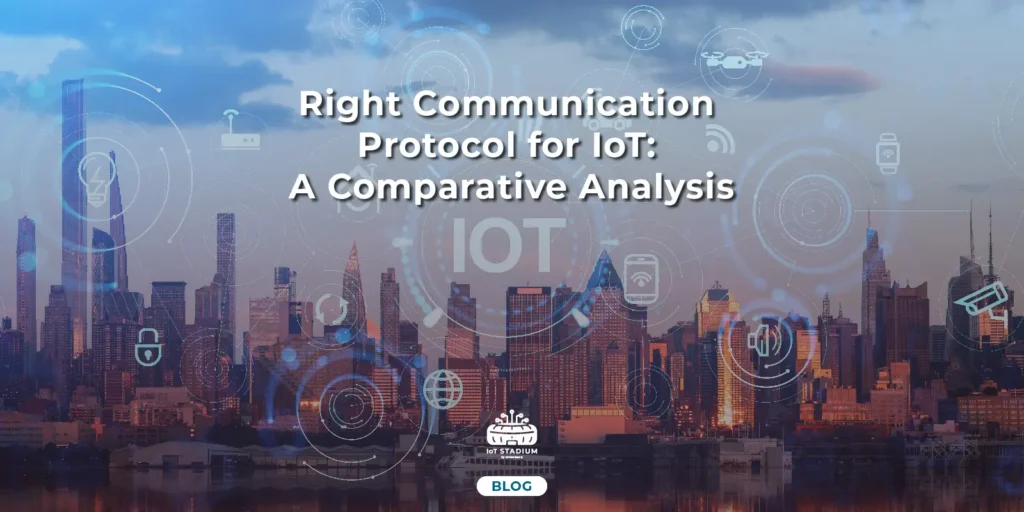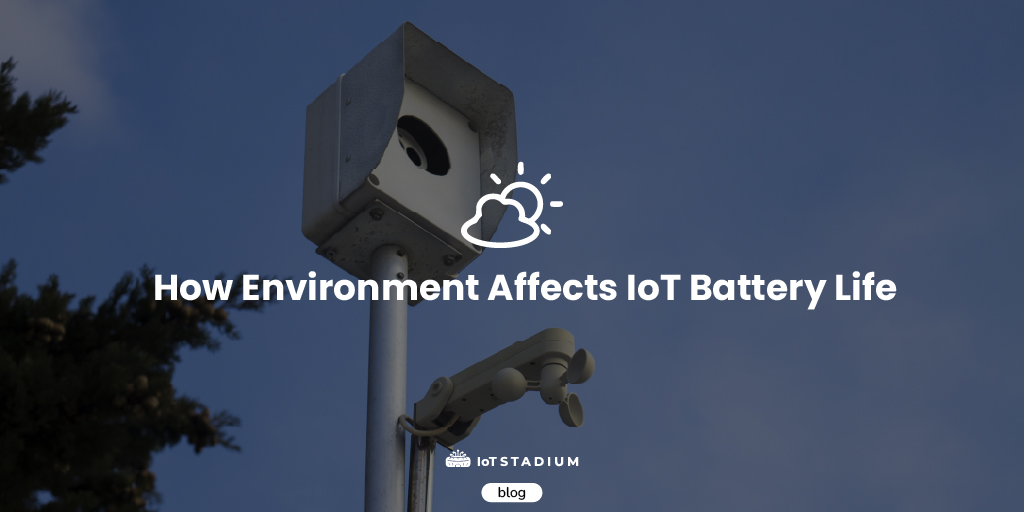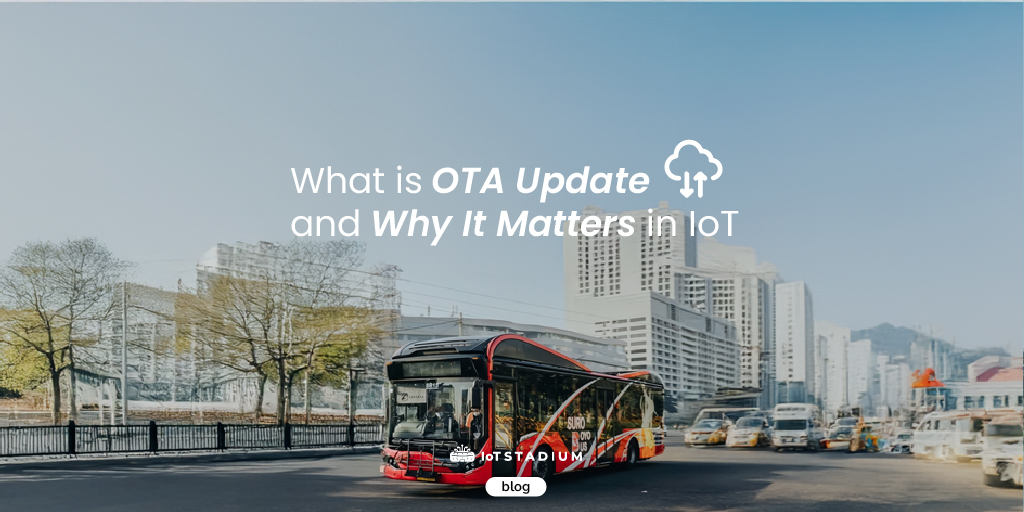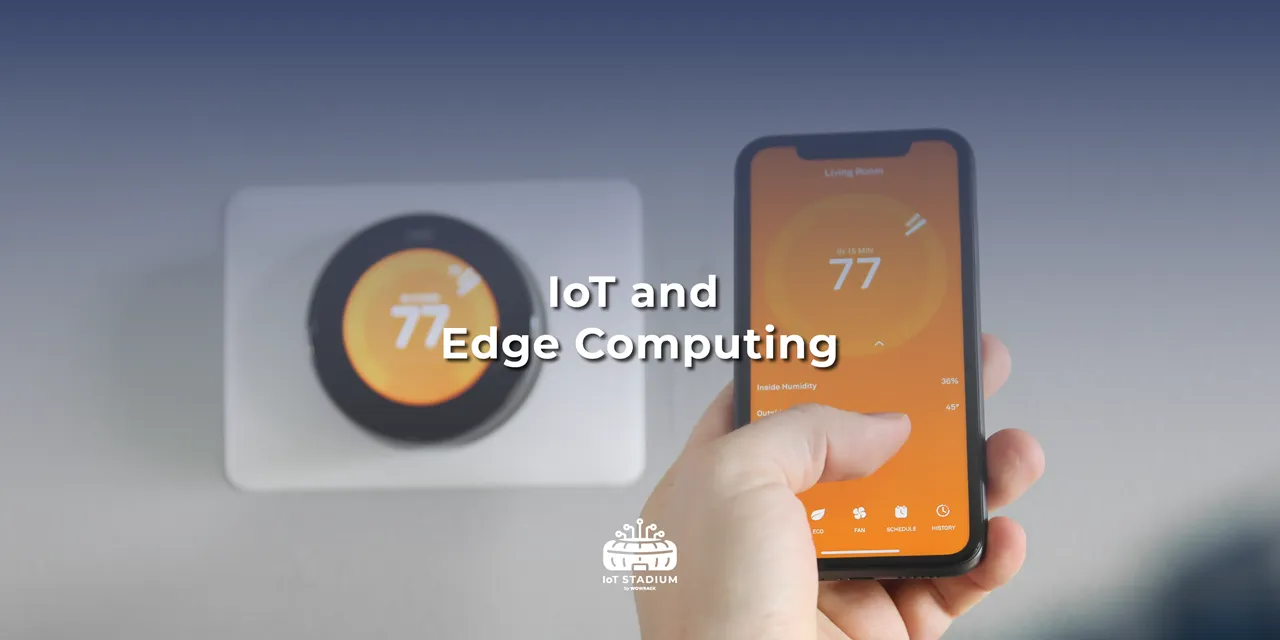Like us humans, the world of IoT devices communicates in its own special way by speaking various languages to share ideas and thoughts. Much like humans navigate through a variety of languages and dialects, IoT devices have their own 'communication protocols,' each with unique characteristics and specializations. They have intelligent conversations in this digital environment, ensuring easy communication and the sharing of crucial information.
In the previous blog, we were discussing how the IoT devices communicate with each other. So, let me use the explanation from the previous blog.
How do IoT Devices Communicate with each other?
IoT has its own communication protocol that allows for secure data exchange between devices, data centers, and other processing and storage units.
Each protocol has its distinct characteristic, which may work on one project and turn insignificant on another project. Which indicates there are certain advantages and disadvantages to each communication protocol. Protocols differ significantly in terms of range, memory usage, power consumption, installation costs, and so on.
We offer three different kinds of communication protocols on the IoT Stadium platform: MQTT, HTTP, and LoRaWAN. Let's compare those three in this instance.
1. HTTP – Regular but High Resource Requirement
The HyperText Transfer Protocol, or HTTP, is the backbone of data transfer on the Internet. Hypertext, which can contain text, photos, videos, and other multimedia content, is transferred using it.
Advantages
-
-
- Universal Compatibility: HTTP is supported by nearly all platforms and devices.
- Ease of Use: Easy to use and put into practice.
- Familiarity: Developers are familiar with HTTP because of its widespread usage in web applications.
-
Disadvantages
-
-
- High Overhead: Devices with limited resources might find it undesirable to have a high data transfer overhead.
- Not Real-Time: It might not be the greatest option for real-time communication, despite being great in request-response situations.
-
Similar to a common language used throughout the digital world, HTTP serves as a universal connector. It serves as the global conference's diplomat, promoting dialogue amongst the varied attendees. But compared to its lightweight counterparts, it might need a little more resource because it's used in a more conventional environment.
2. MQTT – Lightweight and Efficient
MQTT is a low-bandwidth, high-latency, or unreliable network messaging protocol that is both lightweight and effective. It uses a publish/subscribe framework to function.
Advantages
-
-
- Low Bandwidth: It works well for low-bandwidth networks because it transfers very little data.
- Real-Time Communication: Excellent for real-time messaging and Internet of Things applications.
- Quality of Service Levels: Offers various service quality levels to guarantee consistent message delivery.
-
Disadvantages
-
-
- Not Always Persistent: Messages may not always be persistent, depending on how they are implemented.
- Security Concerns: Incorrect configuration may result in vulnerabilities even though it supports security features.
-
Think of MQTT as a hardworking messenger. It uses a publish/subscribe model, similar to a dependable postal service, to efficiently deliver messages between devices. This messenger is excellent at communicating in real time, making sure that information gets to its destination quickly and without extraneous baggage.
3. LoRaWAN – Long-Range, Low-Power Connectivity
LoRaWAN is a low-power, wide-area networking (LPWAN) protocol designed for long-range communication between devices. It is particularly suitable for applications requiring low data rates and extended battery life.
Advantages
-
-
- Long Range: Its ability to cover large distances makes it perfect for IoT applications that require wide coverage.
- Low Power Consumption: Allows devices that run on batteries to last longer.
- Scalability: Allows many devices to be connected to a single network.
-
Disadvantages
-
-
- Low Data Rates: Not suitable for high-data-rate applications; best suited for brief, sporadic data transfers.
- Limited Payload Size: The quantity of data that can be sent in a single packet is restricted by the size of messages.
-
Think of LoRaWAN as an adventure-seeking explorer. It is like a wanderer with a wide range in that it can travel great distances while using little energy. Like an experienced traveler navigating different terrain, this explorer establishes connections between far-off devices, integrating them into a seamless network.
TL; DR
Protocols
Metaphor
Advantages
Disadvantages
HTTP
Universal Connector
- Universal Compatibility
- Ease of Use
- Familiarity
- High Overhead
- Not Real Time
MQTT
Hardworking Messenger
- Low Bandwidth
- Real-time communication
- Quality of service level
- Not Always Persistent
- Security Concerns
LoRaWAN
Adventure-Seeking Explorer
- Long Range
- Low Power Consumption
- Scalability
- Low Data Rates
- Limited Payload Size

Comparison of Communication Protocol
Here are the things you might consider on choosing the protocol for your device:
1. Nature of Data:
-
- HTTP: Select HTTP if real-time communication is not a crucial need for your Internet of Things application and if it involves sending and receiving data in a conventional web format.
- MQTT: Use MQTT if you need a lightweight protocol to facilitate effective message exchange between devices and real-time communication is critical.
- LoRaWAN: If your Internet of Things (IoT) devices are scattered over a large region and require periodic small data transmissions with a focus on extended battery life, choose LoRaWAN.
2. Device Limitations:
-
- HTTP: Best suited for devices with lots of RAM and processing power.
- MQTT: Perfect for devices with limited resources that need low latency and low bandwidth.
- LoRaWAN: Designed for devices with low power consumption, this technology is appropriate for remote locations with battery-operated devices.
3. Latency Requirements:
-
- HTTP: Because of its request-response structure, it may cause higher latency.
- MQTT: Offers low-latency communication, making it suitable for real-time applications.
- LoRaWAN: Generally having a higher latency, this technology is better suited for applications where responsiveness in real time is not a top priority.
4. Security Priorities:
-
- HTTP: Safe with the right precautions, but additional IoT security considerations might be needed.
- MQTT: Supports security features but requires proper configuration for robust protection.
- LoRaWAN: Developed with security in mind, appropriate for uses where data privacy is important.
5. Power Consumption:
-
- HTTP: Suitable for devices with constant power sources.
- MQTT: Its low power consumption makes it appropriate for devices that run on batteries.
- LoRaWAN: Designed for low power consumption, it prolongs battery life in dispersed and remote installations.
6. Scalability:
-
- HTTP: In large-scale implementations, it may result in increased overhead.
- MQTT: Highly scalable, making it suitable for a large number of devices.
- LoRaWAN: Scalable architecture that allows multiple devices to be connected to a single network.
7. Cost Considerations:
-
- HTTP: Usually less expensive infrastructure.
- MQTT: Cost-effective, especially for large-scale deployments.
- LoRaWAN: Taking network coverage and gateway infrastructure costs into account.
HTTP is suitable for applications where real-time communication is not required, and data transmission follows standard web formats. It functions best on devices that have a lot of RAM and processing power and is stable on traditional networks.
MQTT, on the other hand, is a lightweight protocol that is ideal for situations where real-time communication is critical and device resources are limited. It performs well in networks with low bandwidth and sporadic connectivity, providing scalable low-latency communication that is affordable for large-scale implementations.
LoRaWAN is designed for Internet of Things (IoT) devices dispersed over wide geographic areas, necessitating sporadic small data transmissions with a focus on prolonged battery life. It offers a scalable architecture that takes network coverage and gateway infrastructure costs into account, making it ideal for low-power devices, particularly in remote areas.
Conclusions
In short, choosing the best communication protocol for your Internet of Things (IoT) devices is an important choice that is influenced by a number of variables. Making an informed decision requires taking into consideration several factors, including the type of data being processed, device limitations, network conditions, latency requirements, security priorities, power consumption, scalability, cost considerations, and the testing and prototyping stage of the process.
In the end, your choice between MQTT, HTTP, and LoRaWAN is based on the needs of your IoT application. You can test the suitability of each protocol with a small prototype. It is crucial to take into consideration safety, power consumption, scalability, and cost considerations when making a decision that is in line with your IoT deployment objectives.
Visit our blog to get more information about technology. On the other hand, you can visit our knowledge base page for tutorials on how to use the features in IoT Stadium.



